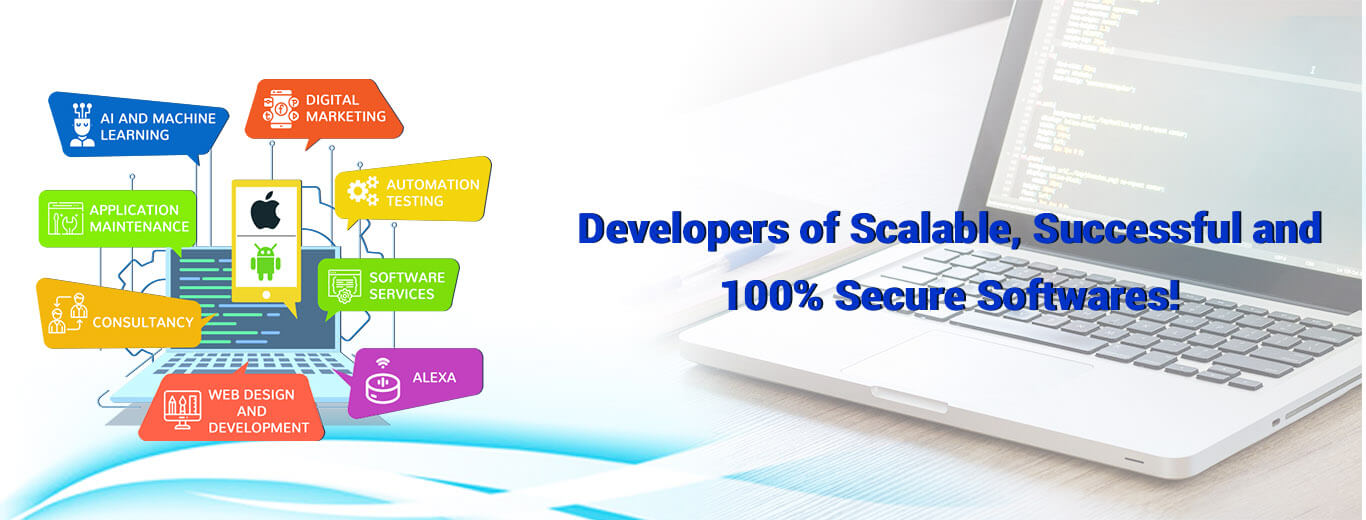As the software industry continues to embrace rapid release cycles and user-driven development, software testing has become more than just bug detection—it’s now a cornerstone of innovation and product success. The year 2025 is marked by a dramatic shift in how teams validate code, optimize user experience, and secure their applications. From intelligent test automation to the merging of development and testing roles, the boundaries of traditional QA are being redrawn.
1. Shift-Left Testing is Driving Early Quality Assurance
By 2025, more companies are embedding testing at the very start of the software development lifecycle (SDLC). This approach, known as shift-left testing, promotes proactive quality control, allowing issues to be caught before they snowball into larger problems. Instead of treating testing as a final step, development teams are weaving it into the design, requirement gathering, and coding stages.
This strategy not only minimizes late-stage rework but also supports agile methodologies and accelerates product rollouts. When developers and testers collaborate from day one, the entire process becomes leaner and more responsive to change.
2. DevTestOps: Bridging Silos with Continuous Feedback Loops
The integration of testing into the DevOps model—referred to as DevTestOps—is transforming how software is built and deployed. It eliminates bottlenecks by automating tests across all phases of CI/CD pipelines and encouraging closer collaboration among developers, testers, and operations teams.
By embedding QA processes into each sprint, DevTestOps helps maintain code quality, provides immediate feedback, and ensures smooth transitions from development to production. This unified workflow supports continuous testing, ensuring that every update is stable, secure, and production-ready.
3. AI-Powered Testing is the New Normal
Artificial Intelligence is taking center stage in modern QA practices. AI in test automation enables teams to generate smarter test cases, identify high-risk areas, and maintain test scripts that adapt automatically to changes in the application.
With self-healing scripts, visual test recognition, and behavior prediction, AI reduces manual workload and enhances test accuracy. Natural language processing (NLP) is also making test case creation accessible to non-technical users, driving wider adoption of automated testing across organizations. The result? Increased test coverage, faster cycle times, and fewer missed bugs.
4. Smarter Tools, Frameworks, and Platforms Are Evolving Fast
The toolchain for testers is rapidly maturing. In 2025, cloud-based testing platforms, codeless automation, and cross-browser compatibility frameworks are dominating QA departments. These tools offer speed, scalability, and seamless integration with source control and CI/CD environments.
Frameworks like Playwright, Cypress, and newer open-source innovations are replacing legacy tools, offering faster execution, parallel test capabilities, and intelligent reporting. Meanwhile, low-code platforms are empowering business analysts and QA professionals to design tests with minimal technical knowledge, making automation more inclusive.
5. Performance and Security Testing Take Center Stage
As applications scale and user expectations climb, businesses can’t afford to neglect performance testing. 2025 sees the rise of simulation tools that mimic real-world usage, analyze server response times, and pinpoint latency issues before release. This proactive approach ensures a seamless user experience, especially for globally distributed apps.
In parallel, security testing is being built into every phase of development. The adoption of DevSecOps ensures that vulnerabilities are identified and resolved early. Automated security scans, penetration testing, and code audits are now part of every build, reinforcing trust and safeguarding user data.
6. Testing for Emerging Tech Requires New Strategies
The growing footprint of emerging technologies like 5G, blockchain, and AR/VR demands tailored testing methodologies. For instance, IoT testing involves ensuring real-time communication between interconnected devices, validating firmware, and managing limited connectivity.
Similarly, blockchain application testing focuses on validating smart contracts, ensuring data immutability, and testing multi-node networks under load. For immersive technologies like AR and VR, QA professionals must evaluate rendering accuracy, motion tracking, and device compatibility. These new domains require constant adaptation and specialized tools to ensure product stability and performance.
7. Service Virtualization and Test Environment Management Are Essential
One of the growing challenges in QA is testing in complex, interdependent environments. Service virtualization is becoming a lifesaver, allowing teams to simulate unavailable components or third-party APIs. This not only speeds up test cycles but also reduces the cost of maintaining full-fledged test environments.
Test data management is also gaining importance as teams strive to create realistic, privacy-compliant datasets. Proper data setup leads to more reliable outcomes and better coverage of edge cases, especially in domains like fintech, healthcare, and enterprise SaaS.
8. Autonomous Testing and Hyperautomation Are Emerging Frontiers
The testing landscape is inching toward autonomous testing, where systems can independently execute, analyze, and even optimize test cases. Paired with hyperautomation, these capabilities allow businesses to scale testing without scaling their teams.
By leveraging robotic process automation (RPA) along with AI and ML, companies can now perform predictive analytics on test results, automate defect logging, and prioritize critical test scenarios based on usage data. These capabilities enable organizations to innovate faster, reduce risk, and maximize ROI on their QA investments.
Staying Ahead with Future-Ready QA
The evolution of software testing in 2025 is nothing short of revolutionary. From AI-driven test automation and shift-left testing to smart tools and autonomous testing systems, the future of QA is agile, intelligent, and business-aligned. At iT Gurus Software, we continue to explore and adopt these cutting-edge practices, ensuring that our clients receive high-performing, secure, and reliable applications every time.
As digital transformation accelerates, forward-thinking testing strategies are the backbone of sustainable software success. The question isn’t whether your organization should adopt these trends—but how quickly you can.


Leave a Reply